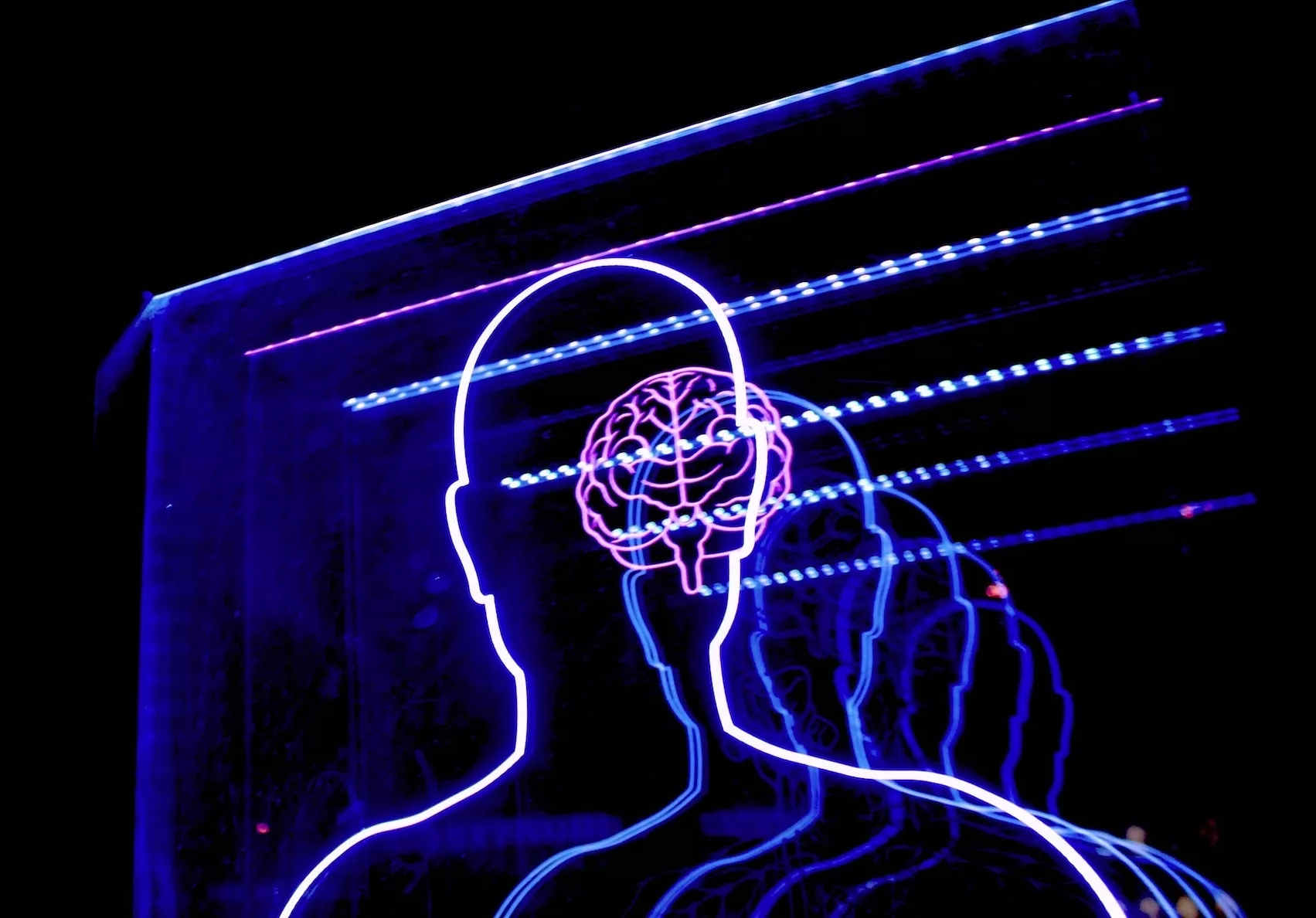
A gym? A boxing school? Something else? Nope, it's an advertisement from a bed store.
We recently came across a variation of this message on triangular billboards along the road. When you cycle or drive past here, your brain scans this message rapidly. Your brain must quickly determine, what am I seeing here? Unless your brain associates boxing with box spring beds within 2 seconds, the first cue you receive from this advertisement doesn't match the sender or the message at all.
That's why one of the first questions we ask when developing (brand)communication is: 'Does it give the right cue?' For us, this is a very logical question. Research shows that this is also a relevant question to make communication pleasant for the brain.
RETRIEVAL CUE
By cue, we mean a signal: a signal that forms a starting point and enables someone to recall information stored in memory. This is called a retrieval cue or retrieval signal. This makes it easy to retrieve something from the association network, the memory. So, a cue helps with remembering. The right cues help make information processing easier for the brain.
DO I KNOW YOU FROM SOMEWHERE?
You also use this phenomenon in your daily life. Imagine you're at the train station, and you run into an acquaintance. Very spontaneously, that person starts telling you how she's doing. You realize you know her, but you can't recall her name and wonder where you know her from. You certainly don't want to show that, so you chat along. Meanwhile, you look around for a clue. Then you see someone walking by with a water bottle, and it hits you. You suddenly remember the other person distributing water bottles during your child's soccer match break. You think, 'This is Anna, Jos's mother from the soccer team.' In this example, the water bottle is a retrieval cue. It helps you bring up the right information from your memory. Such a 'retrieval signal' ensures that the correct association network is activated.
ENSURE THE RECEIVER GETS HOME QUICKLY
Going back to the question we ask ourselves: 'Does it provide the right cue?' So, we assess simplicity and clarity. If you incorporate the right cues in the expression, people get the message faster. The cues immediately open the right association network you want to connect with. A cue can be anything. If you want to convey that your ice creams are cooling and refreshing, don't place the product in a brown environment. No, a blue environment works better because people associate blue with coolness rather than brown. Another example: someone eating ice cream on the beach invokes thoughts of cooling and refreshment more than someone sitting in an office. The cue of the beach triggers associations that help convey that your ice cream is delightfully cool and refreshing. The right 'retrieval signals' can assist you in quick, clear, and simple communication. Choosing the right setting in your story is therefore important for sending out the right cues to understand the story and the message.
THE RIGHT CUE ON YOUR PACKAGING
Cues can also help with the packaging of your products. A good example comes from Budweiser beer. Budweiser wanted to provide a cue that evokes freshness and quality. The solution they came up with was a date on the packaging. Not the expiration date, but a birthdate. A born-on date gives the consumer a cue that stands for freshness and quality.
REPEAT, REPEAT, REPEAT
So, it's good to be aware of your cues. Which cues do the main character, the setting, and the opponent evoke in your story? How can you manipulate them to make it easier for the brain to understand the story and the message? Or from a brand perspective: which cues evoke your brand? You can build on this and it's good to do so consistently. Make clear choices. What things serve as a cue for your brand? Repeat them – and repeat them and repeat them. It's nice if, over time, a color, a shape, or a sound logo becomes a clear signal to think of your brand. This way, you link the information in your expression even more easily to your brand. As a result, your communication expressions are processed faster and simpler, which the brain appreciates.